Way back when…
Since the dawn of mankind, Nikon cameras have been equipped with a so called preview button. The image below shows the preview button of the D750, but I find a similar one on my old F100!
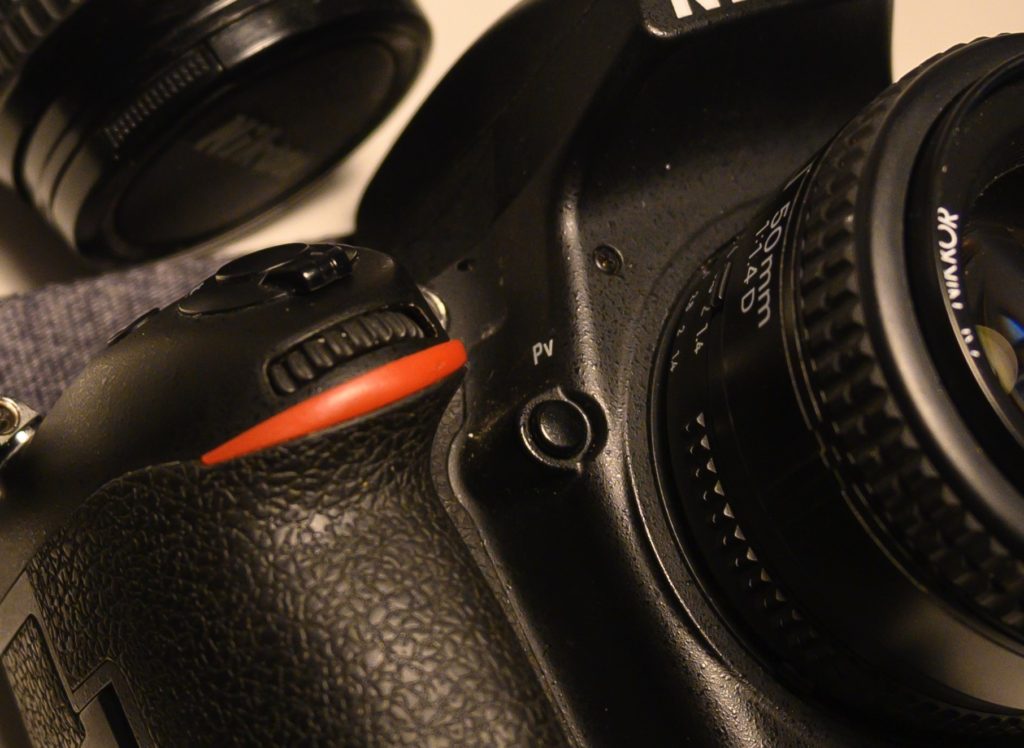
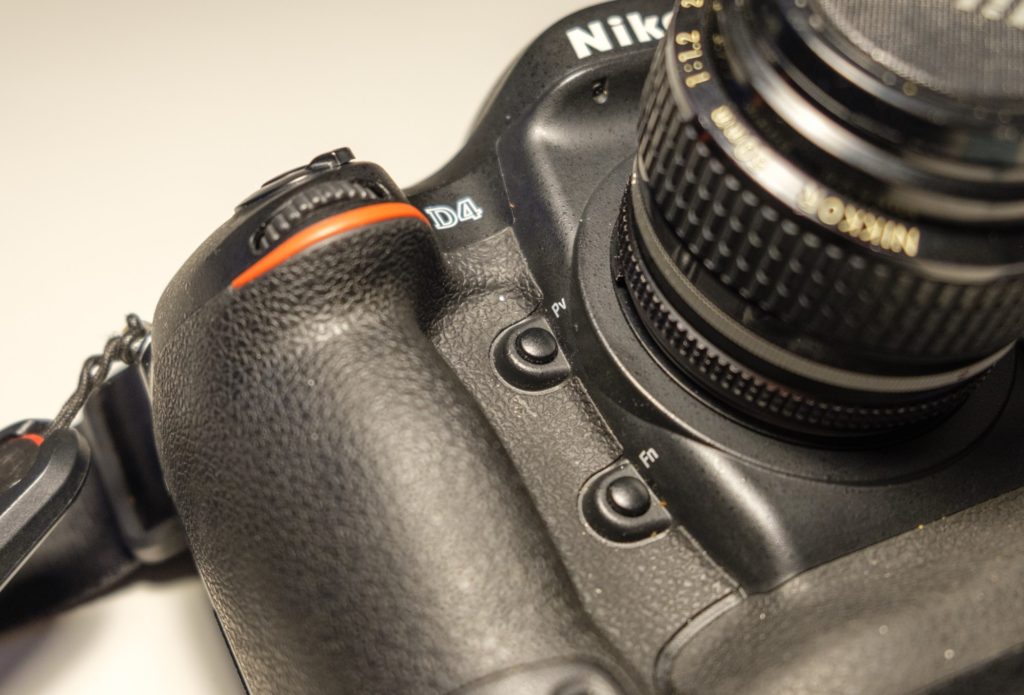
Sadly, on the Nikon Z6ii that button is gone! Yep, it is no more. Replaced by two programable buttons instead.
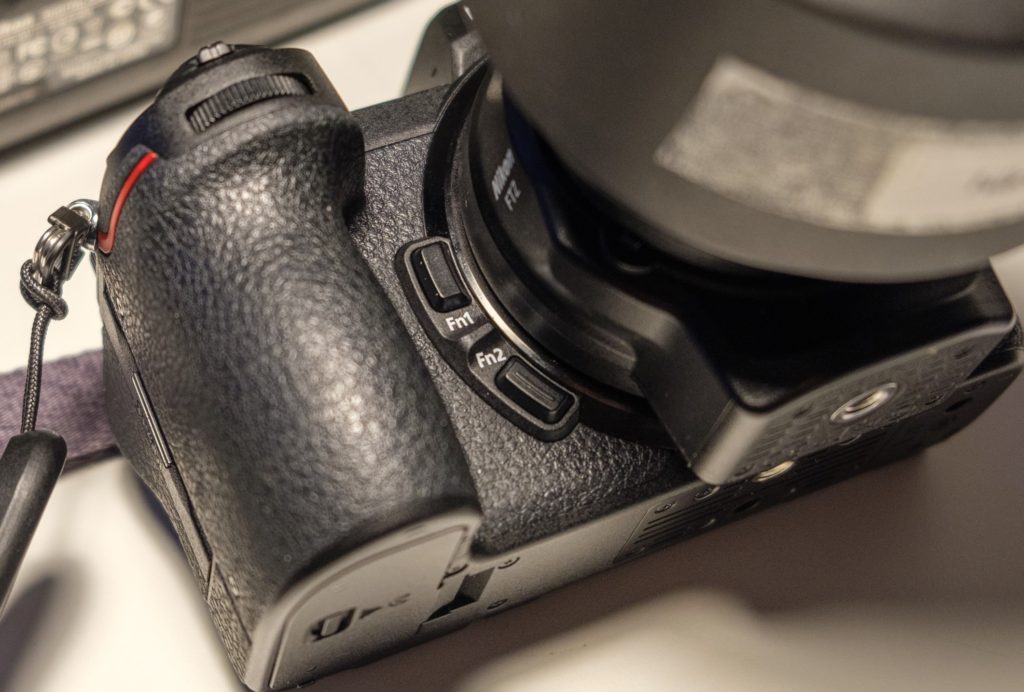
But luckily it is possible to assign the function of preview to a range of buttons using the settings menu. I assigned it to the joystick when pushed, but you can assign it in many different ways.
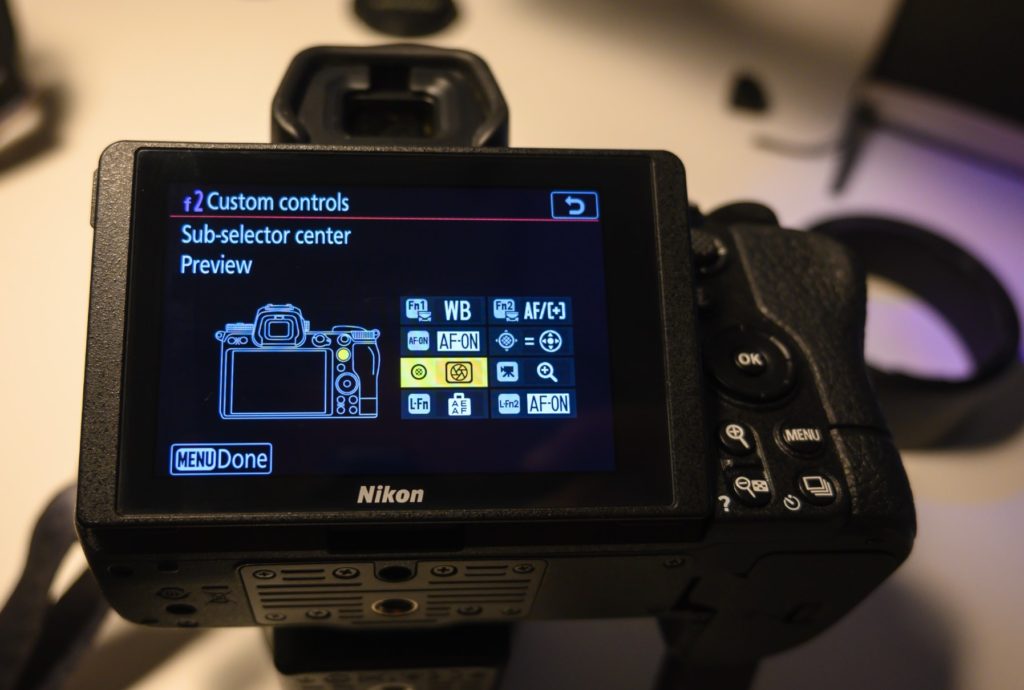
The good question is of course if you no longer need this button? Is it a appendix from way back when todays grumpy old men were happy kids playing football in the yard? The boring answer is: it depends. Let me explain.
In order for the camera to receive sufficiently light to do all the complicated readings, calculations etc. associated with especially focusing, there are limits to how narrow the aperture can be. As you probably know, if you take a lens and close it down to say f/11 or even higher, it is a very small hole the aperture blades leaves to let light in. So what does your camera do? It cheats a bit. It keeps the aperture unchanged when you turn the front command dial, and waits to adjust the aperture blades until you hit the shutter. At that exact moment it moves the blades to the desired position (say f/11) takes the picture and moved the blades back out. So what you see is not what you get if you shoot with narrow apertures (above f/5.6).
The camera has no problems opening up wide, say to f/2.8 and adjusting the blades to let in a lot of light. You can see here that the blades are in the “correct” position at f/2.8 here.

But when you close down the aperture to say f/11, the camera secures a minimum of light inflow by stopping the blades at f/5.6 – so when you turn the front command wheel beyond f/5.6 the blades are not moved. The “hole” in the lens remains the same.
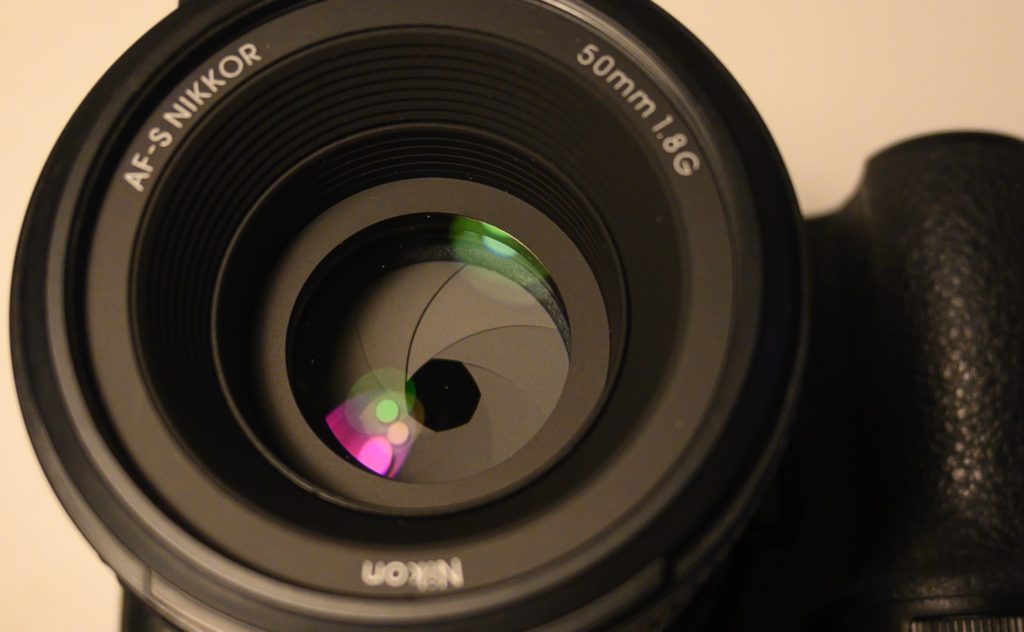
So from f/5.6 and upwards, what you see in the viewfinder and what the camera captures are drifting apart. More and more as you stop down.
The purpose of the preview button is to temporarily bring alignment between the camera aperture and the position of the blades in the lens. And as you have probably guessed, pushing the preview button will potentially dramatically change the depth of field.
The preview effect
The extremely poor image below shows my office captured through the electronic viewfinder. I am at f/16 camera setting wise, but the lens is at f/5.6.
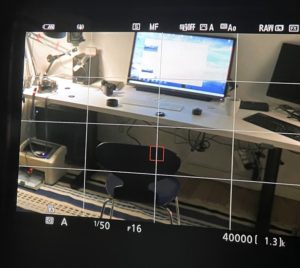
When I then push the preview button, other than the grid disappearing, the lens now moves the blades from f/5.6 to f/16 (the ISO goes ballistic as I am shooting this at night during winter, but please ignore that).
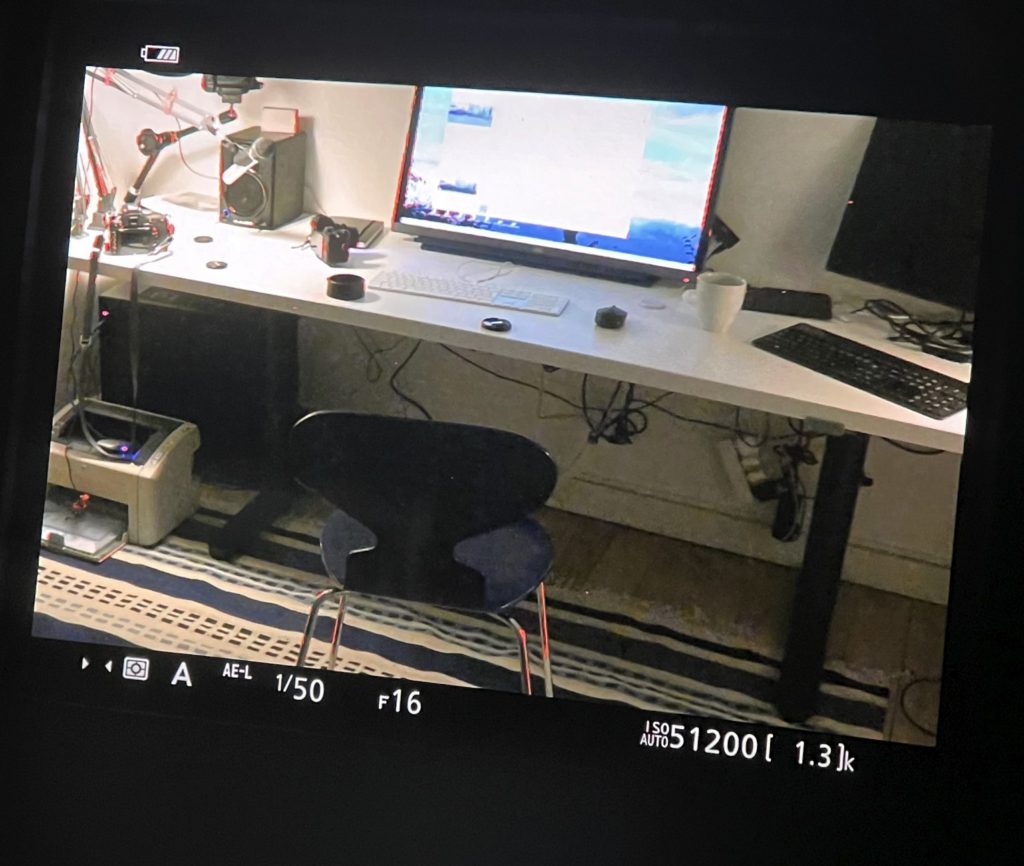
Although the image is horrible, the legs on the chair shows the difference: Due to the increased depth of field, the red focus peaking highlights now show on the legs much more than in the first image. You will also notice the same bottom left on the computer screen.
To preview or not to preview
As a landscape photographer, I use preview a lot. I need to see that as much as possible of the landscape is in focus (I am not a fan of hyperfocal distance calculations); and the preview with focus peaking highlights is the only way to do so when shooting at small apertures.
If you seldom shoot beyond f/5.6 or the depth of field is not that important to your style of shooting, then I think you can have a great photography life without the preview function. And enjoy that what-you-see-is-what-you-get really is what-you-see-is-what-you-get.
Video link
Related reading
Nikon Z6ii vs Z6 – Which one for you?
